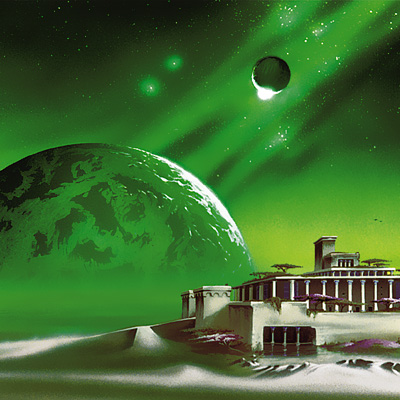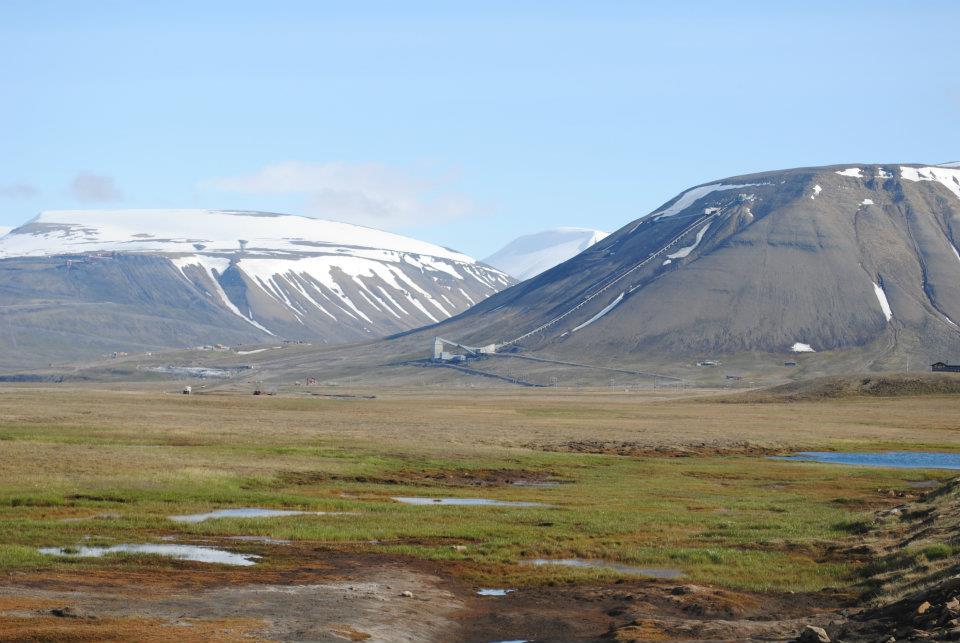KTH will play an important role in the consortium, created under the coordination of professor Pascal Griset of Sorbonne Université and Director of the Institute of Communication Sciences (CNRS).
Nina Wormbs and Miyase Christensen will be a part of this Horizon 2020 project that kicks off now in January. The project consists of 14 research institutes from 11 European member states and will run for 4 years. A project page will soon show up at our homepage, but already now the press release is out:
CNRS hosts the launch meeting of the project InsSciDE -Inventing a shared Science Diplomacy for Europe.
The French National Center for Scientific Research (CNRS) will host the launch meeting of the project InsSciDE -Inventing a shared Science Diplomacy for Europe- at the National Academy of Medicine (Académie nationale de médecine), on 26th January 2018. InsSciDE is funded through the European Horizon 2020 framework under the coordination of Professor Pascal Griset, Sorbonne Université. KTH is one of the major partners of the consortium created to build the project.
The European Commission has called for the development of effective science diplomacy for Europe. InsSciDE– Inventing a Shared Science Diplomacy for Europe – is a project funded under Europe’s Horizon 2020 framework. KTH will play an important role in the consortium, created under the coordination of professor Pascal Griset of Sorbonne Université and Director of the Institute of Communication Sciences (CNRS). The consortium includes 14 institutes of research or training from across 11 European Member states as well as UNESCO. The 4-year project will engage historians of science and technology, networks of diplomats and scientists, experts of strategy and policy makers to bring science diplomacy into the foreground and better use it. InsSciDE starts with the hypothesis that Europe and Member states possess a great capital of science diplomacy experience – but today this is fragmented, heterogeneous and under-utilized. There is a need to reveal, formalize and communicate this intangible capital, develop its conceptual bases and elaborate tools to help European science diplomacy emerge and blossom. In the next four years, the project will investigate past and present experience, co-construct insights with practitioners, and provide theoretical and strategic frameworks and guidance to support stakeholder awareness and informed policies within the European Union. It will produce knowledge-based discussion material to help prepare practitioners, train some 50 young professionals, and disseminate results over a broad global audience. InsSciDE focuses on several Sustainable Development Goals, including SDG 3: Good health, SDG 7: Affordable and clean energy, SDG 13: Climate action SDG 15: Life on Land, SDG 16: Peace, justice and strong institutions and SDG 17: Partnerships for the goals.
The launch meeting will bring together InsSciDE’s relevant stakeholders with its scientific Advisory board members: Catherine Bréchignac, Ambassador of France for Science and lifetime Secretary of the French Academy of Sciences, Thierry Courvoisier, President of the European Academies Science Advisory Council (EASAC), Edgar Morin, Chairman of the Scientific Council of the ISCC, and other experts of international renown. Flavia Schlegel, Assistant Director-General for Natural Sciences at UNESCO, will take the floor. A discussion panel will allow several scientific attachés stationed in Paris to illustrate their current perceptions, experience and expectations.
These individuals will lay the foundation for InsSciDE in front of an audience composed of prominent players in the science diplomacy field (scientists, diplomats and academic specialists).
For registration please contact :
christophe.potier-thomas@cnrs.fr


